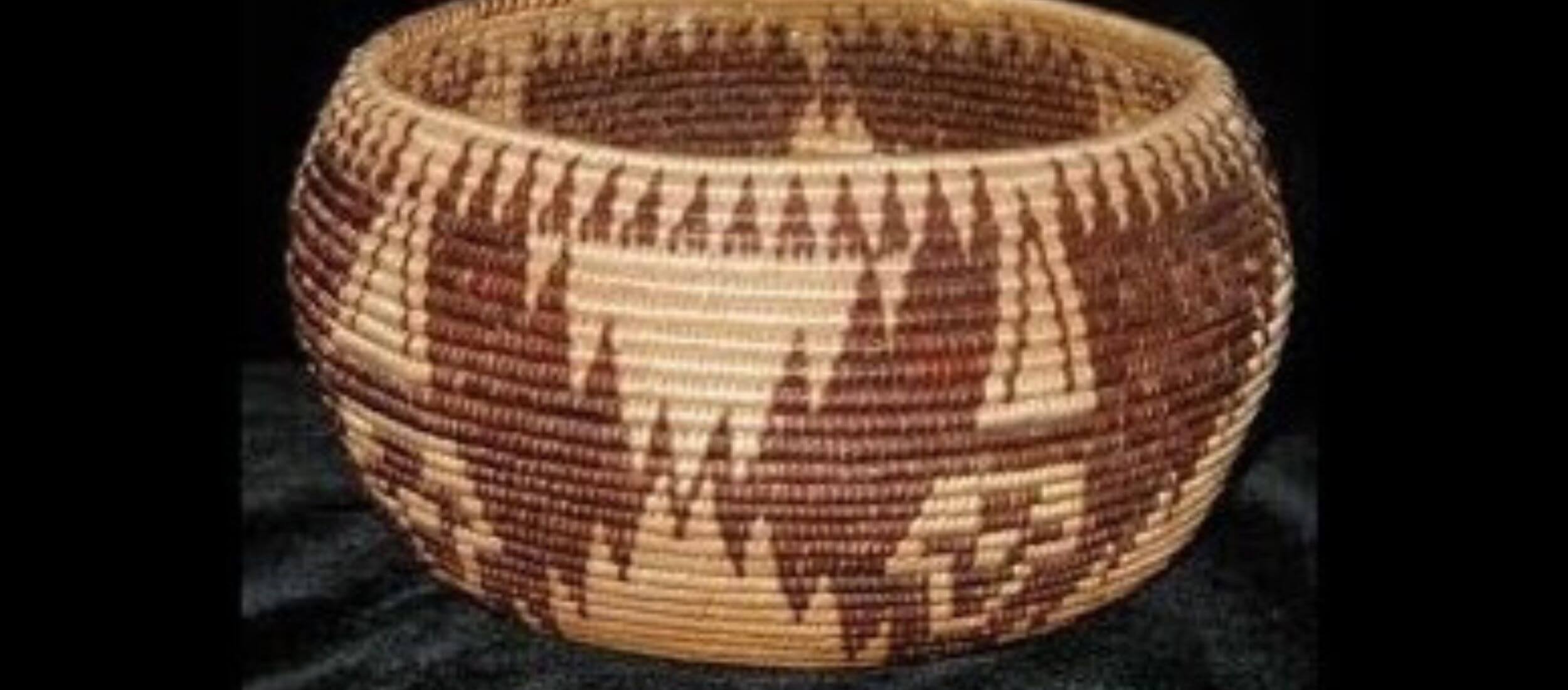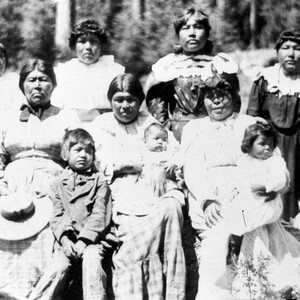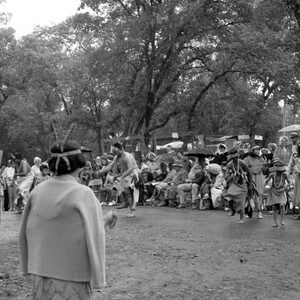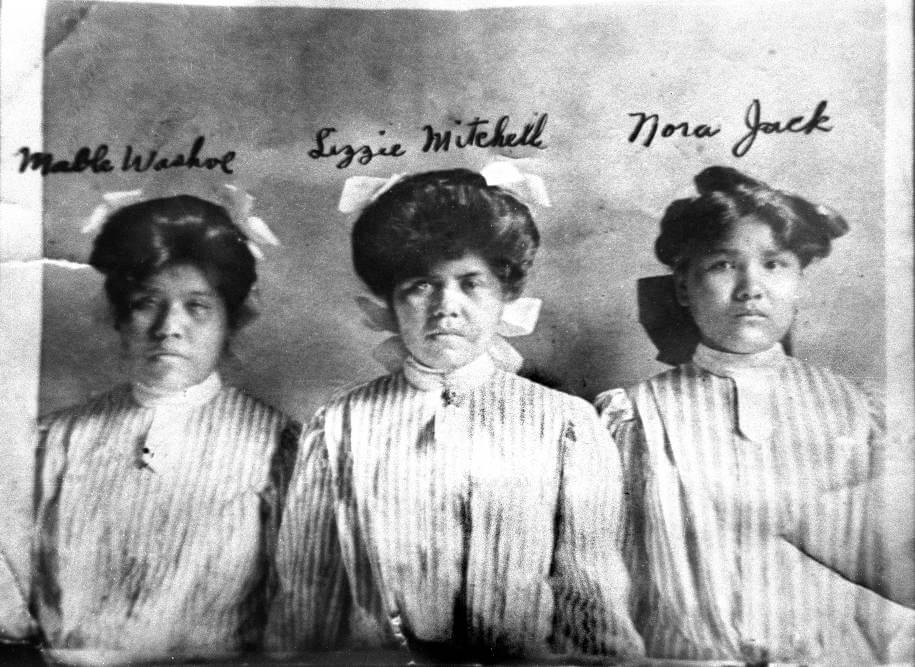The Mighty Maidus of Plumas County
An ancient tail of the Mountain Maidu as told by elders and other storytellers
The drive linking Quincy to Susanville is an ancient trail of the Mountain Maidu. It is rugged, uniquely beautiful and abounds with Maidu stories. Tales say that these mountain lands were created for the Maidu after a great flood. When the waters subsided, Worldmaker (Maidu god) inspected the land that became this Maidu route. When you follow this trail, you are following Worldmaker’s footsteps.
The Maidu account for the difficult, rugged terrain in stories about the “coyote,” a figure of fun, mischief and maliciousness that interfered with the Worldmaker’s plans to make an easy life for the Maidu. Coyote brought death and suffering. Following the footsteps of Worldmaker, see how he subdues monsters, shapes the meadows and readies that land for the Maidu. As one travels the old Maidu trail you will learn through these tales how the landscape was shaped by the mischievous acts of the Coyote.
Ganser Park – American Valley
This area, close to water and fuelwood, was where the Maidu located their winter villages. The once swampy marshes that covered the valley floor were abundant with the necessities to survive. They used the tules of the marshes to build huts, skirts, and mats and stored dried fish, fowl, and deer meat, acorns, roots, and grasses to sustain themselves and to use as trade.
Deer Lick Rock on Spanish Creek
A silvery-grey rock outcrop that slopes sharply down the mountain meets the emerald waters of Spanish Creek deep in the canyon below. Deer and pigeons were attracted to the rock, making it a great hunting ground for the Maidus. They also collected rock salt for seasoning. Today, visitors will see a cross-road indicating heavy deer traffic along the rock formation.
Fishing Camp at Indian & Spanish Creek
This is where these two creeks meet Feather River, a traditional Maidu campsite where they would congregate to collect salmon, crayfish, and eels. The creek tumbles over low stone terraces, making it easy to traverse and catch eels by hand. This area is where Worldmaker continues his path to make the lands safe for the Maidu. Many remarkable landforms are located on this path.
Point of Interest: Chuchuya (Dog Rock or Soda Rock)
There is a reclining woman etched in white against the grey rock background. This is the shape of one of the monster women who lived here. Looking closely, the women are leaning against the rock, reaching for the water. This is what is left of the women—called Chuchuya—who attacked everyone who tried to pass along this trail by washing them into the creek to drown. Worldmaker had animal helpers—the mink and fisher- to avoid this fate. They trapped a monster snake and, using its tail fat, threw it into the women’s roundhouse, destroying the women, but their image is left as a reminder of their strength.
Thundering Falls (Indian Falls)
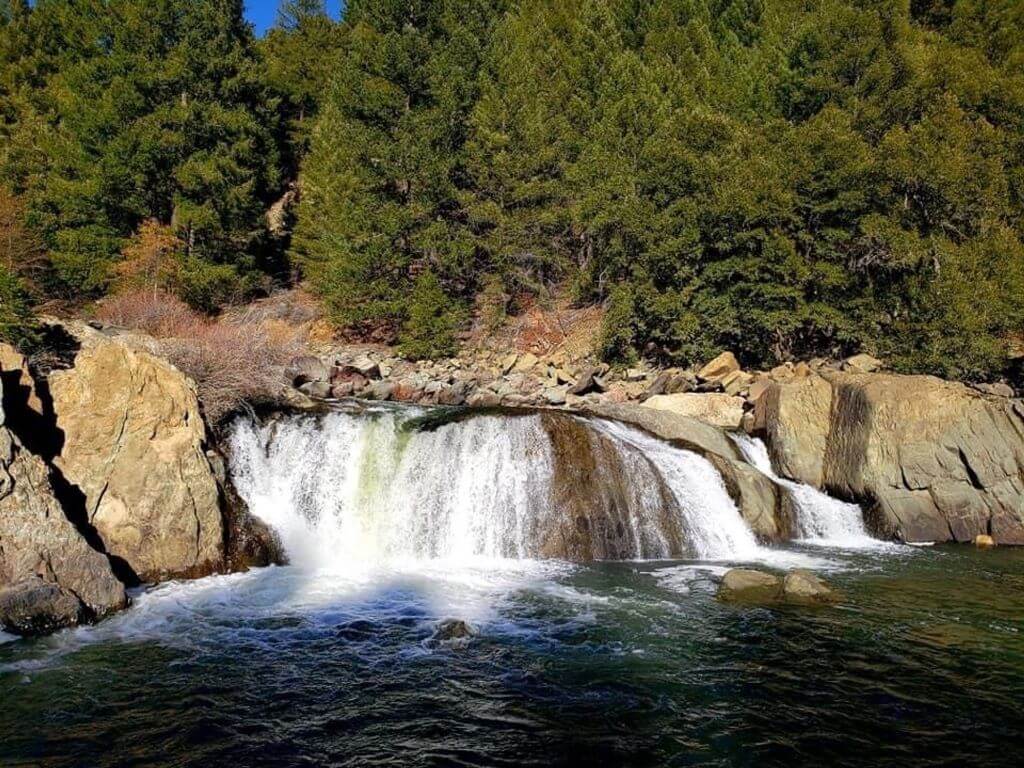
Elders state that Thundering Falls used to be tall and beautiful. A lovely giant lady sat at the falls, and her long hair rippled over her shoulder into the pool. She sang an enchanting song that echoed through the canyon. This was a ruse. Anyone venturing too close was trapped by her hair and drowned. When Worldmaker came upon the lady, he stomped her into the ground until just part of her head was visible, which is why Thundering Falls is now so low. Salmon used to migrate up Indian Creek, and the falls were an important fishing spot. Worldmaker wanted to make the falls in Indian Valley convenient for villagers, but trickster Coyote got in the way and put the falls down a narrow canyon, making it difficult to reach.
Split Rocks Where the Wind Begins
Looking up, there is a large split boulder “where the wind begins.” The Maidu in Indian Valley controlled the strong wind during late summer when the acorns were ripening. If the wind knocked the acorns down too early, they would not grow to the size needed for food preparation. They plugged the crevice in the rocks with large stones to prevent the winds from reaching the oak groves. The rocks were removed during the winter to avoid the rock’s anger.
Monster Snake Pool
This is where the monster snake lived. He crept out of the pool at night and crashed up and down the canyon. His wriggling formed the many bends and curves in Indian Creek. His thrashing leveled the nearby hills creating sand bars. Even today, many Maidus will not swim here because it may awaken the snake.
Canoe-Hammering Point
The Maidu claim that a man-eating monster lived here and hammered all day long on a canoe hanging by the creek as a way to lure unwary people. The monster possessed a large collection of knives used to chop up people. Woodchuck was his watchdog at Split Rock and he would whistle “sipa sipa” when he saw someone coming. By causing the wind to blow, Worldmaker sneaked past the woodchuck and surprised the mankiller, where he tricked the monster into showing his knives. Worldmaker grabbed one and chopped off the maneater’s head. After Worldmaker’s visit, the Maidu found this an ideal place to live, but even today, strange noises can be heard at night—the sharp whistle of a woodchuck and the echo of hammering.
Keddie Ridge
At the top of the ridge, one can see the profile of a sleeping Indian. According to elders, an old giant Indian was traveling worldwide to measure the depths of rivers and lakes. When he measured Homer Lake atop Keddie Ridge, he decided to rest but fell into a deep sleep and never awoke again. They say if he awakens, it will mark the end of our time on earth.
Wolf Creek – Whitegrass Mountain
The canopy of pine and cedar in this area provides a rare habitat for the bear grass plants, the stems of which are used by Maidu to make the white patterns in their woven baskets. The Worldmaker scattered the bear grass seed, which he intended people to come from all over to gather the basket materials. Bear grass is still gathered by the Maidus and is an important element for weaving baskets, a well-known art of the Maidu people.
Big Meadows – Lake Almanor
Before it was Lake Almanor, it was a grassy valley with a wealth of fish, waterfowls, tubers and seeds which fed the Maidu at their winter settlements. Traveling here, the Worldmaker encountered a giant frog monster and some fiery little devils who transformed into giant boulders now covered by the lake. Lassen Peak, off the lake’s horizon, marked the Maidu territory’s northwestern limits. Its bubbling mud pots and hot Sulphur springs were a source of awe and wonder to the Maidu.,
Clear Creek Canyons
The legend here is that posing as a helpless old man, a maneater set up a barbeque pit at the bottom of the canyon. When a traveler cut through the canyon, the old man begged for help and then pushed the unsuspecting traveler into the barbeque pit. When the Worldmaker passed through the canyon, as the old man went to push him, the Worldmaker twisted, and the man fell into his own pit and cooked himself. Today you see the fire redden rock at the bottom of the canyon, the remains of the barbeque.Today, you see the fire-redden rock at the bottom of the canyon, the barbeque remains.
Mountain Meadows
When the Worldmaker arrived, he decided to rest in this peaceful meadow. It was here that he decided the Maidu could come and gather roots. He scattered seeds for all types of useful plants. The Maidu came, and on the far south horizon, you can view the Keddie Ridge and the outline of the sleeping Indian giant.
Willards Ranch Meadows
After crossing over the forested slopes of Fredonyer Peak, Worldmaker came to another small meadow where he stopped for lunch and scattered the remaining seeds. This, too, is where Maidu came as he had planned.
Devil’s Corral
Upon arriving, Worldmaker found the canyon filled with devilish imps who filled the crevices in the rocks. Worldmaker called upon the swallows to gather mud, seal the cracks, and trap the imps in the canyon walls. At night, you can still hear the imps wailing and moaning. Today, the swallows still build their nests in Devil’s Corral. As you walk under the manmade bridge, the swallows have adapted, and nests hang from the beams.
Honey Lake Valley
Where the mountain forests meet the semiarid sagebrush deserts, the Maidu land gives way to the Northern Paiute and Washo Indians. The boundaries meet in Honey Valley, a small oasis whose oaks and waterways are shared (sometimes disputed) by people speaking different languages and following similar lifestyles. The Worldmaker passed through what is now Susanville, formerly the easternmost winter village of the Mountain Maidu.
If traveling from Quincy, this marks the end of the Mountain Maidu Trail.
From Susanville, it is only the beginning of a unique, unforgettable journey.
Photos of Maidu people courtesy of Chester Museum. Photo of Thundering Falls by Brandi Howard.
